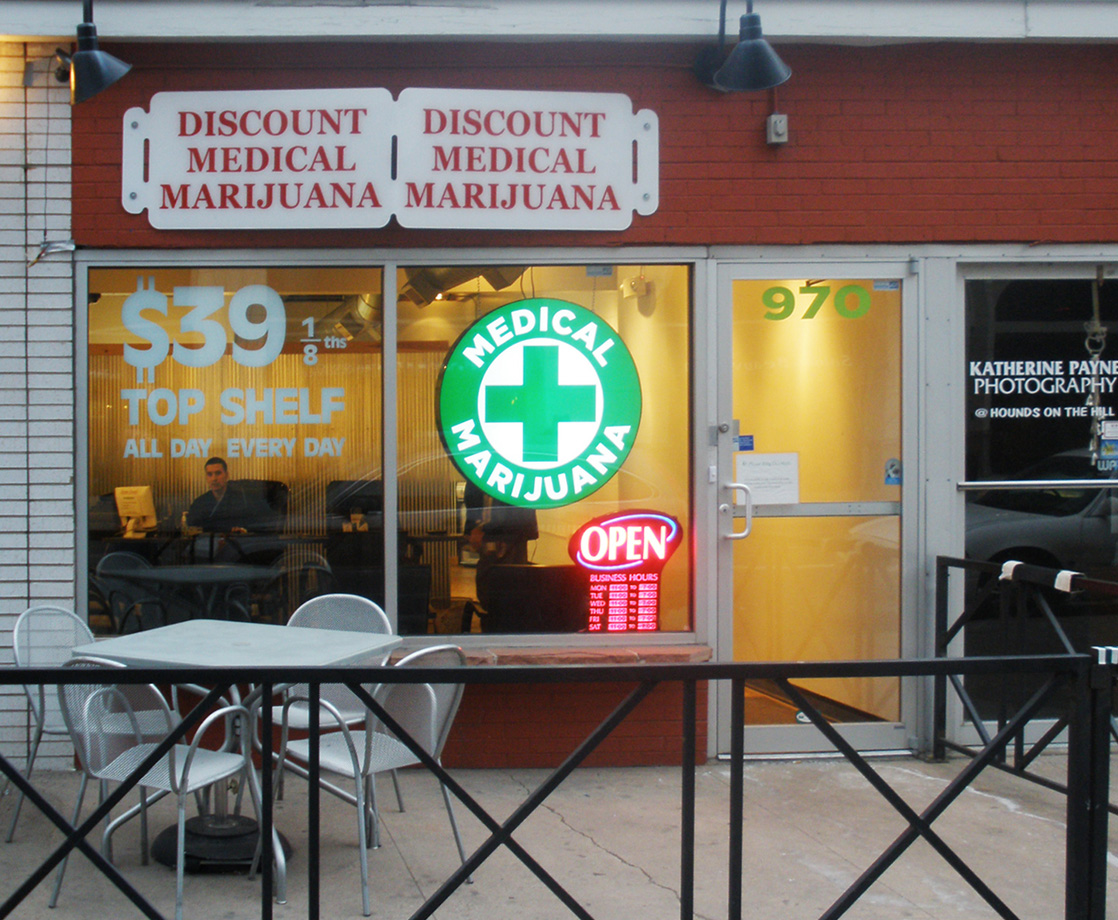You couldn’t have possibly gotten very far into 2017 without hearing the phrase “fake news” pop up over in conversations online, on television, or IRL. It seems as if everyone from the president to your distant relatives have become fact checkers overnight, calling out every fake news story in their social feeds without hesitation —even if the fakeness is questionable.
While pinpointing fake news started out in earnest, with sites like Snopes and The New York Times identifying widely shared news stories that made false accusations (such as that Clinton child trafficking ring story that appeared during the election), bloggers, commentators, and politicians have used the label to delegitimize real news stories because the facts didn’t conform with their beliefs.
The problem has gotten so big that after the election, many people blamed Facebook for being ground zero for fake news articles reaching millions of readers—and potentially costing Hillary Clinton the election. Facebook took the accusations seriously and this month announced they would introduce a “Disputed” label that will appear next to news stories reported as fake.
So, with all this finger pointing, how can you figure out the best ways to spot fake news? To aid you, MERRY JANE News has compiled the best tips for identifying fake news so that you can hopefully surf the web with confidence going forward.











